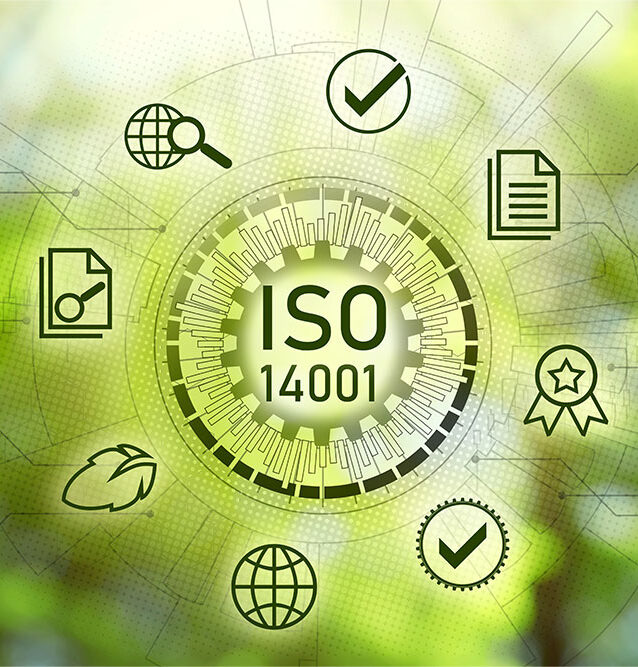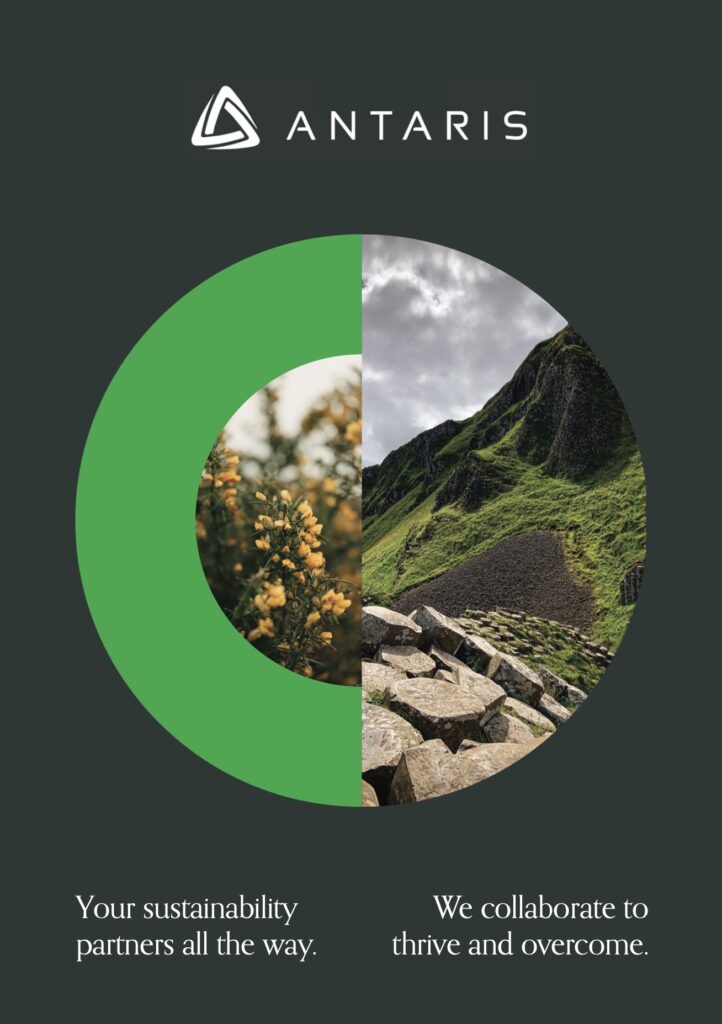You’re asking about the anticipated changes to ISO 14001 in the upcoming revision typically referred to as ISO 14001:2026. Here’s what’s known as of September 2025, based on officially published drafts and guidance.
Timeline Highlights
| Milestone | Expected Date |
|---|---|
| Draft International Standard (DIS) | Early to mid-2025 (Feb–May) Acclaro AdvisoryDNVDNV |
| Final Draft International Standard (FDIS) | Late 2025 (Oct–Dec) LRQAAcclaro AdvisorySGSCorp |
| ISO 14001:2026 Publication | January 2026 SGSCorp+1LRQA+1Core Business Solutions |
| Standard Transition Period | Up to 3 years (aiming for early 2029) SGSCorp+1LRQADNV |
The draft is already out and undergoing balloting, giving us a clear indication of the revisions but keep in mind these are still subject to change pending feedback.
Key Anticipated Changes (Clause-by-Clause)
The upcoming standard is largely a refinement enhancing clarity, alignment, and accountability not introducing brand-new obligations.
1. Harmonized Structure & Clarity
- Updated to fit the latest ISO Harmonized Structure (Annex SL), maintaining consistency across ISO management system standards (e.g., ISO 9001, ISO 45001) DNVLRQASGSCorp.
- Text rephrased and explanatory notes added to improve readability and understanding. Annex A is expanded (more guidance), while Annex B (bibliography) removed for simplicity LRQA+1.
2. Context of the Organization (Clause 4)
- Requires explicit consideration of environmental conditions, including climate change, pollution, and biodiversity SGSCorpLRQA.
- Emphasis on adopting a life cycle perspective in defining the EMS scope SGSCorpLRQA.
3. Planning (Clause 6)
- A new Clause 6.3: “Planning and Managing Changes”, calling for structured change management in your EMS SGSCorpLRQA.
- The planning structure is refined:
4. Support & Terminology (Clause 7)
- Consistent terminology: all EMS records are now to be referred to as “documented information” SGSCorp.
- Communication enhancements to encourage employee involvement in continual improvement.
5. Operations (Clause 8)
- “Outsourced processes” now formally called “externally provided processes, products or services” SGSCorpbprhub.com.
- EMS controls must extend to suppliers and partners clarifying influence over external processes SGSCorpLRQA.
6. Performance Evaluation (Clause 9)
- Stronger focus on evaluating environmental performance and overall EMS effectiveness SGSCorp.
- Internal audits must articulate objectives in addition to scope and criteria.
- Management review is restructured into:
7. Improvement (Clause 10)
- Clause 10.1 (General) removed content redistributed into 10.2 and 10.3.
- More structured approach to nonconformity and corrective action, with clearer links to EMS performance evaluation SGSCorpLRQA.
Other Emerging Themes
Sources also emphasize broader trends shaping these updates:
- Lifecycle thinking and supply chain sustainability remain central (e.g., extended scope of operations, risks, reporting) TÜV SÜDCore Business Solutions.
- Enhanced climate action focus—embedding climate-related risks and performance deeper into system roles and context Core Business Solutionsbprhub.com.
- Stronger strategy integration and reporting, aligning ISO 14001 with global frameworks (e.g., SDGs, EU Green Deal) Acclaro Advisorybprhub.com.
- Encouragement to adopt digital tools, analytics, and innovation to monitor and report EMS performance bprhub.comCore Business Solutions.
Summary: What to Expect in ISO 14001:2026
- Not a radical overhaul focus is on clarity, improved control, and global environmental integration.
- A new change management clause (6.3).
- An explicit life cycle perspective, climate awareness, and external (supplier) control enhancement.
- A reworked performance evaluation and improvement process, with better structure and documentation rigor.
- Greater alignment with other management system standards and international sustainability frameworks.
What You Can Do Now
- Monitor the final ballot results through early autumn 2025.
- Conduct a gap analysis using the DIS versus your current EMS.
- Begin updating documentation, scope, internal audit processes, and training to reflect evolving semantics and structure.
- Prepare for the transition period once the official standard is published in January 2026.








